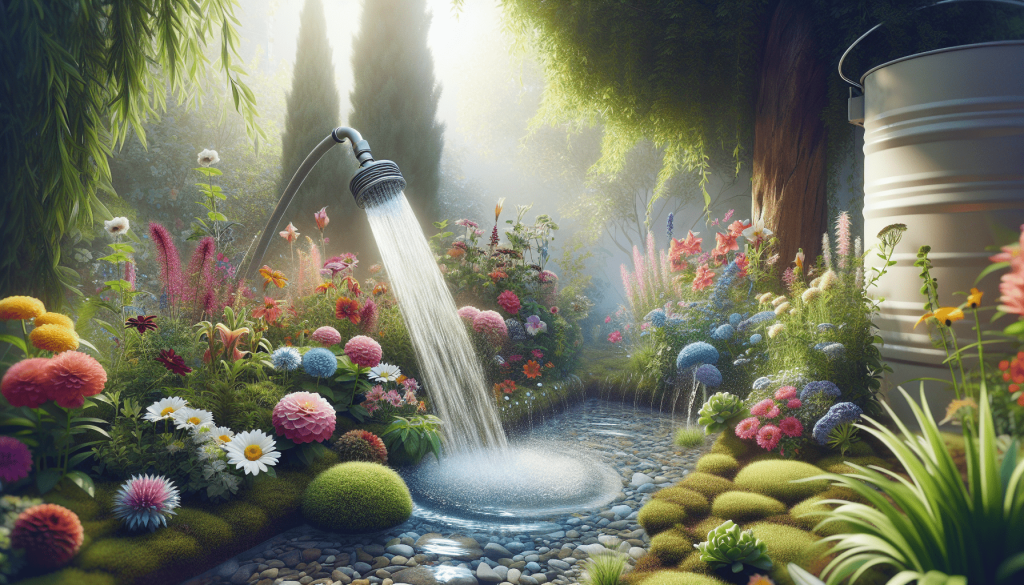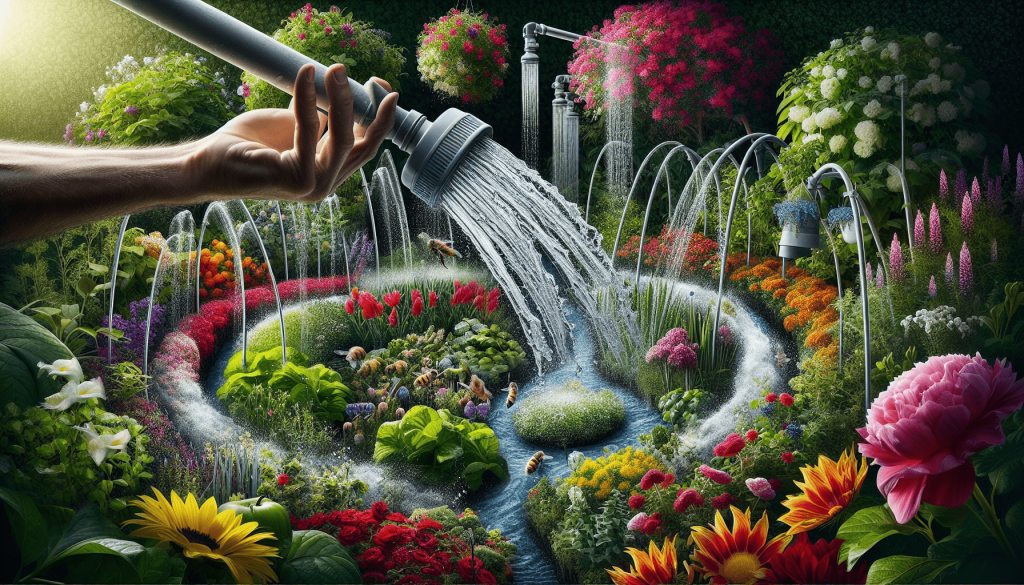This post may contain affiliate links. As an Amazon Associate, we may earn commissions from qualifying purchases.
Have you ever found yourself wondering if greywater systems could be a viable option for irrigating your garden? If so, you’re not alone. Many homeowners are exploring innovative ways to conserve water and maintain lush gardens, even in areas where water scarcity is a significant concern. One solution that has garnered attention is the use of greywater systems.
Greywater is wastewater from non-sewage sources such as baths, washing machines, and sinks. This water can be treated and reused for various purposes, including garden irrigation. While the idea sounds promising, you may be curious to understand the real pros and cons before making a decision. In this article, we’ll assess the advantages and disadvantages of greywater systems for garden irrigation.
Understanding Greywater Systems
Before jumping into the benefits and drawbacks, let’s first understand what greywater systems are. Greywater systems collect, treat, and reuse water from your household activities. Unlike blackwater, which includes sewage, greywater carries less contaminants and can be treated more easily.
Components of a Greywater System
A typical greywater system consists of several components, including:
- Collection Tanks: Where greywater is collected from various sources within your home.
- Filtration Units: To remove impurities from the greywater.
- Distribution Systems: Piping and irrigation systems that distribute the treated greywater to your garden.
These systems can range from simple, DIY setups to more complex, professionally installed systems.
Advantages of Greywater Systems for Garden Irrigation
Using greywater for garden irrigation has numerous benefits that make it an appealing option for many homeowners.
Water Conservation
One of the most significant advantages of greywater systems is the ability to conserve water. In regions where water is scarce or where water restrictions are in place, reusing greywater can substantially reduce your overall water consumption.
Cost Savings
By reusing greywater, you can lower your water bills. The initial cost of installing a greywater system can be offset by the savings you achieve in your monthly water expenses. Over time, this can lead to significant financial benefits.
Environmental Sustainability
Reusing greywater helps reduce the strain on freshwater resources and lowers the energy required for water treatment and transportation. This makes greywater systems an environmentally friendly option.
Better Plant Growth
Greywater often contains small amounts of nutrients that can benefit your plants. These nutrients can enhance soil fertility and promote healthier plant growth.
Reduced Strain on Septic Systems
For homes using septic systems, greywater diversion can reduce the strain on these systems, extending their lifespan and lowering maintenance costs.

Disadvantages of Greywater Systems for Garden Irrigation
While the benefits are compelling, there are potential downsides to consider.
Initial Installation Costs
The upfront cost of installing a greywater system can be high. This includes purchasing equipment, retrofitting existing plumbing, and professional installation services. For some, these initial costs can be a significant barrier.
| Component | Cost Range |
|---|---|
| Collection Tanks | $100 – $1,000 |
| Filtration Units | $200 – $800 |
| Distribution Systems | $500 – $2,000 |
| Professional Installation | $500 – $3,000 |
Maintenance
Greywater systems require regular maintenance to function effectively. Filters need cleaning or replacement, and the system itself must be monitored to ensure it is operating correctly. This ongoing maintenance can be time-consuming and may involve additional costs.
Potential Health Risks
If not treated properly, greywater can pose health risks due to bacteria and other contaminants it may carry. Ensuring the water is adequately treated before it reaches your garden is crucial to prevent any potential health hazards.
Regulatory Hurdles
Depending on where you live, there may be regulations governing the use of greywater. These regulations can sometimes be complicated or restrictive, requiring permits or adherence to stringent guidelines, which could discourage some homeowners.
System Limitations
Greywater systems are not suitable for all types of irrigation. For example, using greywater on edible plants like vegetables and herbs may require higher levels of treatment to ensure safety.
Implementing a Greywater System
If you decide to move forward with a greywater system for your garden, there are several steps involved in the process.
Assess Your Water Use
Start by assessing your household’s water consumption to determine how much greywater you can collect and reuse. This will help you choose a system that meets your needs.
Choose the Right System
Select a greywater system that is suitable for your garden’s requirements. You can opt for a simple diversion system that channels greywater directly to your lawn or a more sophisticated treatment system for broader applications.
Professional Consultation
Consult with professionals to ensure your chosen system complies with local regulations and is installed correctly. This can prevent future issues and ensure the system operates efficiently.

Conclusion
Greywater systems offer a promising solution for conserving water and supporting garden irrigation, bringing numerous advantages such as water conservation, cost savings, and environmental benefits. However, they also come with their own set of challenges including high initial costs, maintenance requirements, and potential health risks.
Making an informed decision involves weighing these pros and cons carefully and considering your specific needs and circumstances. By understanding both the benefits and the drawbacks, you’ll be better equipped to decide if a greywater system is the right choice for your garden.








